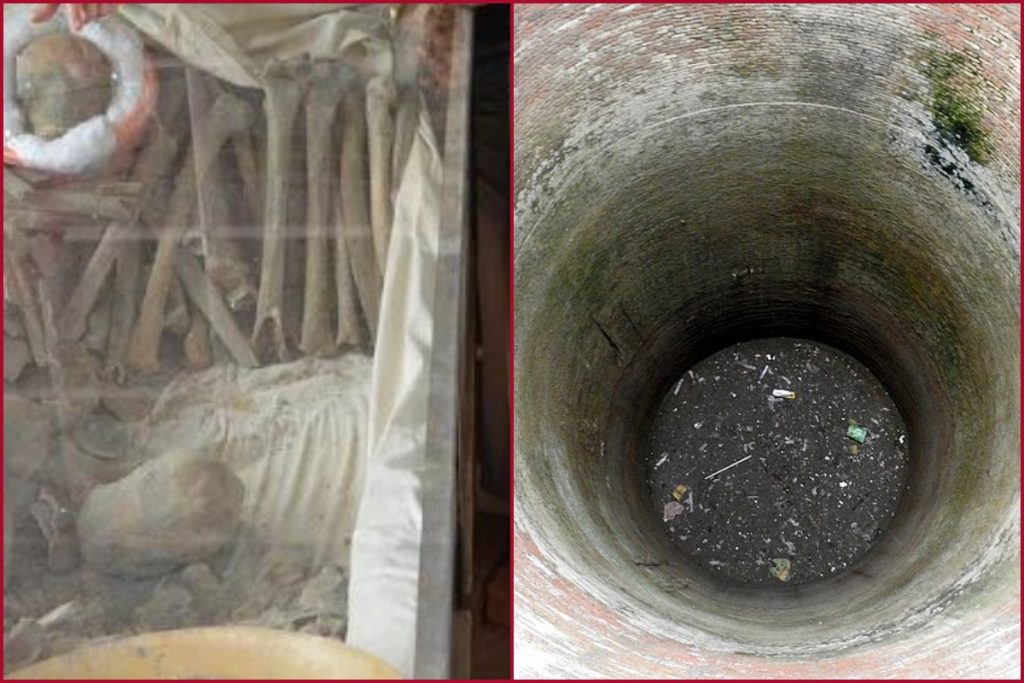New Delhi: In a new development, human skeletons which were extracted back in 2014 from Punjab’s Gangetic plain region dating back to 165 years belong to Indian soldiers.
It is said that the skeletons belong to the soldiers who were killed by the British army during 1857 Indian freedom struggle, according to a study.
A large number of human skeletons were recovered from an old well in Ajnala town. According to some historians these skeletons belong to the people killed in riots during the partition of India and Pakistan in 1947.
According to several studies and research, based on various historical sources, it is believed that these are skeletons of the Indian soldiers killed by the British army during the revolt of the 1857 Indian freedom struggle.
While it is also said that these skeletons belong to people who were killed in riots during India – Pakistan partition.
However, the identity and the geographic origins of these soldiers is under intense debate due to a lack of scientific evidence.Meanwhile, in a latest development, a new study that has published on Thursday in the journal Frontiers in Genetics, shows that the skeletons belongs to the soldiers of the Gangetic plain region and people from the eastern part like Uttar Pradesh, Bihar, Bengal and Odisha.
According to the Professor from the Department of Zoology, Banaras Hindu University (BHU), Uttar Pradesh, Gyaneshwer Chaubey, said that the new findings add a significant chapter in the history of the “unsung heroes of India’s first freedom struggle.”
Gyaneshwer Chaubey, said that this study confirms two things: First the Indian soldiers were killed during the 1857 revolt and second that they are from Ganga plain, and not from Punjab.
He further said that there has been a lot of debate about their origin. Several people said that they had been killed during the India Pakistan partition. According to 1857 theory, there has been two theory: one considered them local (Punjabi) soldiers and the other group considered them as 26th Native infantry regiment soldiers stationed at the Mian Mir cantonment Lahore.
However, J.S. Sehrawat, an anthropologist from Panjab University, Chandigarh has collaborated with BHU, Centre for Cellular and Molecular Biology (CCMB) Hyderabad and Birbal Sahni Institute, Lucknow to establish and find out the roots of these martyrs using DNA and isotope analyses.
To come to conclusion, the researchers have used 50 samples for DNA analysis and 85 specimens for isotope analysis.

